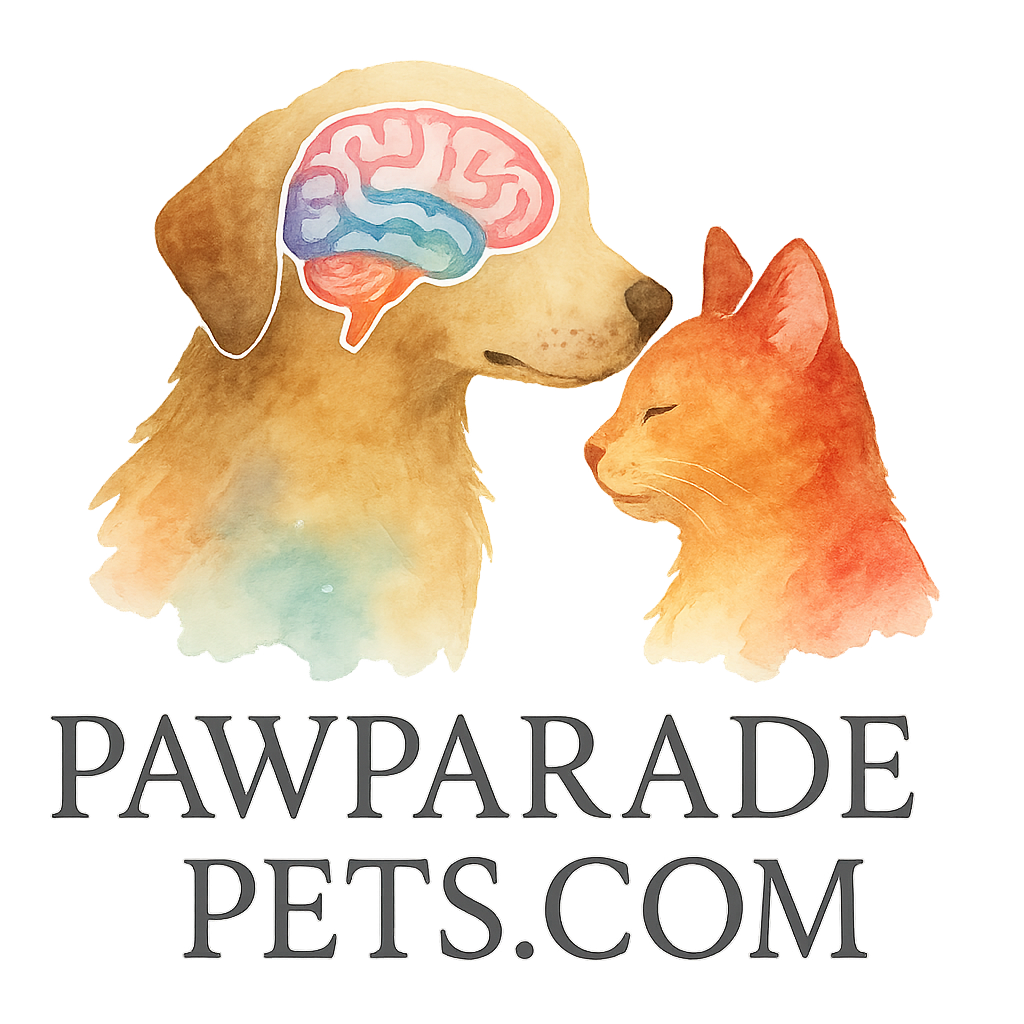Introduction: Why Seasonal Brain Training Matters
Did you know your pet’s brain needs a workout just as much as their body does? Brain training isn’t just about teaching commands—it’s about boosting intelligence, sharpening problem-solving, and making life way more fun for both of you. And here’s the kicker: you can tailor brain training to the seasons! Whether it’s spring, summer, fall, or winter, each season brings new opportunities to engage your furry friend.
Understanding Pet Brain Training
What is Brain Training for Pets?
Brain training for pets is all about using games, activities, and challenges that stimulate their mind. Think of it as mental push-ups. Just like you wouldn’t skip leg day at the gym, your pet shouldn’t skip brain day! You can explore foundational techniques through brain training basics.
Benefits of Brain Training Activities
So, why bother with all this? Well, pets with strong mental engagement tend to be healthier, happier, and less likely to act out.
Mental Stimulation and Longevity
Just like humans, pets that keep their minds sharp often enjoy longer, more fulfilling lives. Mental exercises slow down cognitive decline and keep older pets alert.
Improved Behavior and Obedience
Brain training builds better behavior and obedience skills. If you’ve struggled with commands, activities tied to behavior and obedience can make a huge difference.
How Seasons Affect Pet Behavior and Brain Training
Seasonal Changes in Energy Levels
Ever notice your dog bouncing off the walls in spring but more sluggish in winter? That’s because seasons influence energy levels. Brain training can help balance this out.
Seasonal Opportunities for New Learning
Each season brings unique elements—like leaves, snow, or water—that make training more exciting. By using seasonal props and environments, you keep activities fresh.
10 Seasonal Exercises for Brain Training for Pets
1. Spring Treasure Hunts in the Yard
Spring is perfect for outdoor treasure hunts. Hide treats or toys under flower pots or in safe spots around the yard. Let your pet sniff and search. It’s a fun way to engage their natural hunting instincts.
2. Summer Splash Puzzle Games
On hot days, mix water fun with mental challenges. Freeze toys in ice blocks and let your dog work to get them out. This doubles as cooling and brain-stimulating fun.
3. Autumn Leaf Pile Hide-and-Seek
Fall is leaf season! Create leaf piles and hide toys inside. Your pet will love the rustling and the search challenge. Bonus: you get yard cleanup done too.
4. Winter Indoor Obedience Challenges
When it’s too cold outside, focus on indoor brain training. Create obstacle courses using chairs, blankets, or boxes. Practice commands with obstacles in play. Check out advanced cognitive challenges to level things up.
5. Seasonal Scent Games (All-Year Fun)
Hide treats in seasonal objects—like pumpkins in fall or Easter baskets in spring—and let your pet sniff them out. Scent work is one of the best ways to stimulate the brain.

6. Holiday-Themed Brain Training Activities
Use holidays to your advantage. For Christmas, teach your dog to “unwrap” safe boxes. For Halloween, try trick-or-treat style commands with rewards.
7. Outdoor Adventure Problem-Solving Walks
Take walks to a whole new level. Instead of just strolling, add challenges like “sit” at every tree or “find” at every corner. This keeps their mind engaged while exercising.
8. Seasonal Food Puzzle Toys
Switch up puzzle toys with seasonal flavors. Pumpkin puree in autumn or frozen watermelon cubes in summer can make food puzzles more engaging. Explore more at tools and toys for brain training.
9. Training with Seasonal Commands
Why not tie in seasonal commands? “Find the pumpkin” in fall or “snowball fetch” in winter. Linking commands to the season boosts memory and association skills.
10. Seasonal Group Play and Socialization
Organize playdates around seasonal events—like dog park snow days or spring frisbee meetups. Pets learn problem-solving and social skills during group brain activities.
Tools and Toys to Support Seasonal Brain Training
Interactive Gadgets and Devices
From tech-driven feeders to smart puzzle toys, interactive devices keep your pet’s brain busy. Find more on gadgets and devices.
DIY Seasonal Training Toys
Don’t want to spend much? You can DIY toys using cardboard boxes, old socks, or even seasonal decorations. Pets don’t care about the price tag—they care about the fun!
Tips for Making Seasonal Brain Training Effective
Keeping Sessions Fun and Engaging
If training feels like a chore, your pet won’t stick with it. Keep sessions short, rewarding, and fun. Add plenty of praise and playtime.
Balancing Physical and Mental Exercises
Brain training isn’t a substitute for physical exercise. Balance fetch and walks with problem-solving games. This combo keeps both body and mind sharp.
Common Mistakes in Brain Training Pets
Overtraining or Repetition Fatigue
Just like humans, pets get bored with the same old routine. Mix things up seasonally so they stay excited.
Ignoring Your Pet’s Unique Needs
Every pet is different. A senior dog might prefer calm puzzles, while a young pup thrives on high-energy games. Tailor exercises to your pet’s age and health.
Conclusion
Brain training is more than just a fun pastime—it’s essential for your pet’s happiness and health. By tailoring exercises to the seasons, you create fresh, exciting challenges that stimulate their mind and strengthen your bond. So, whether it’s a summer splash game or a cozy winter puzzle, seasonal brain training ensures your furry friend stays sharp year-round.
FAQs
1. What’s the best brain training exercise for pets in winter?
Indoor obedience challenges and puzzle toys work great during cold months.
2. Can older pets benefit from seasonal brain training?
Absolutely! Gentle puzzles and scent games are especially helpful for seniors.
3. How long should brain training sessions last?
Keep them between 10–20 minutes to avoid fatigue.
4. Do cats enjoy seasonal brain training too?
Yes! Cats love puzzle feeders, hide-and-seek, and climbing challenges tailored to the season.
5. Are food-based brain training exercises safe?
As long as you use pet-safe foods and control portion sizes, they’re perfectly safe.
6. What if my pet loses interest mid-exercise?
Switch up the game or end on a positive note. Forcing training can backfire.
7. Where can I find more brain training ideas?
Explore resources like Paw Parade Pets for activities, tools, and tips.


